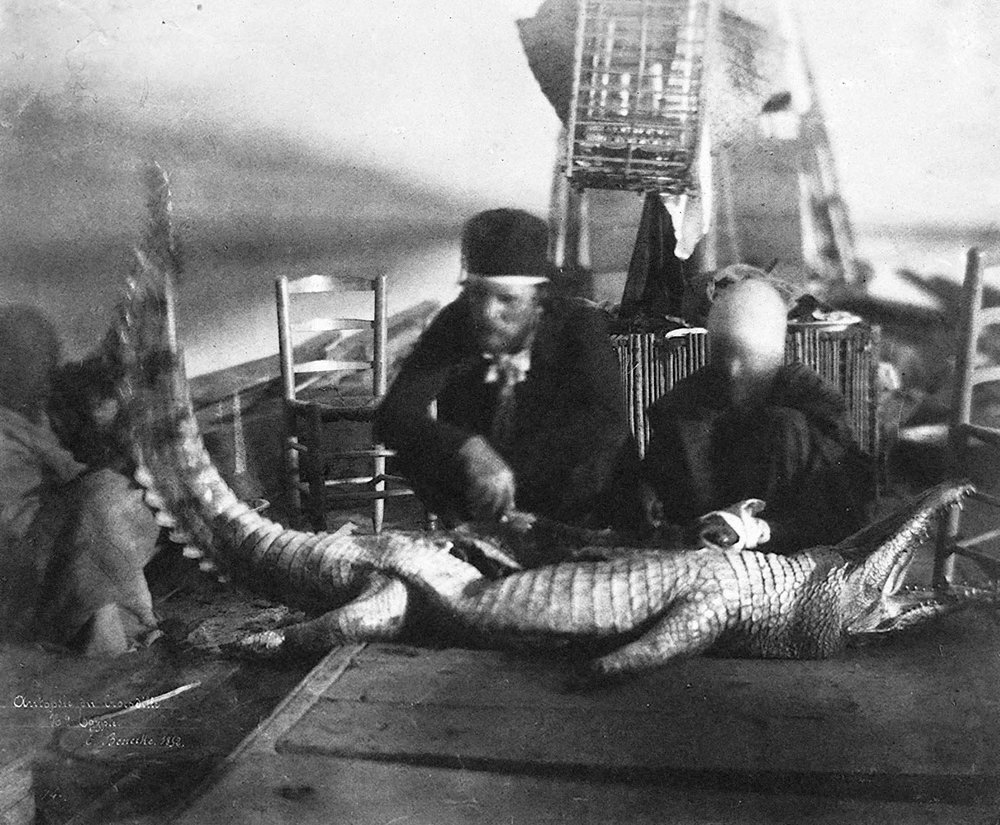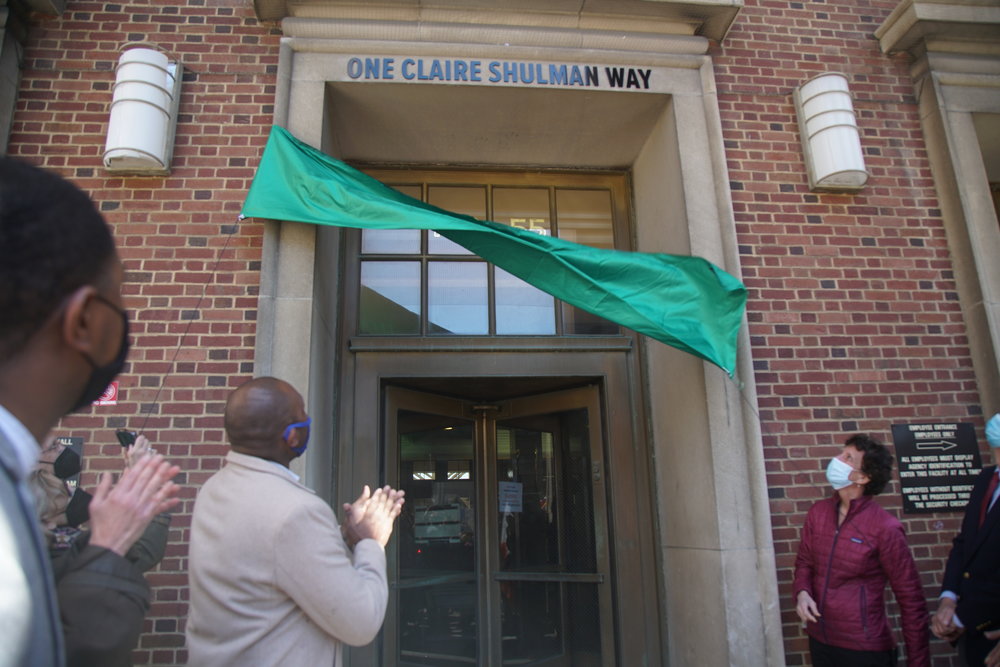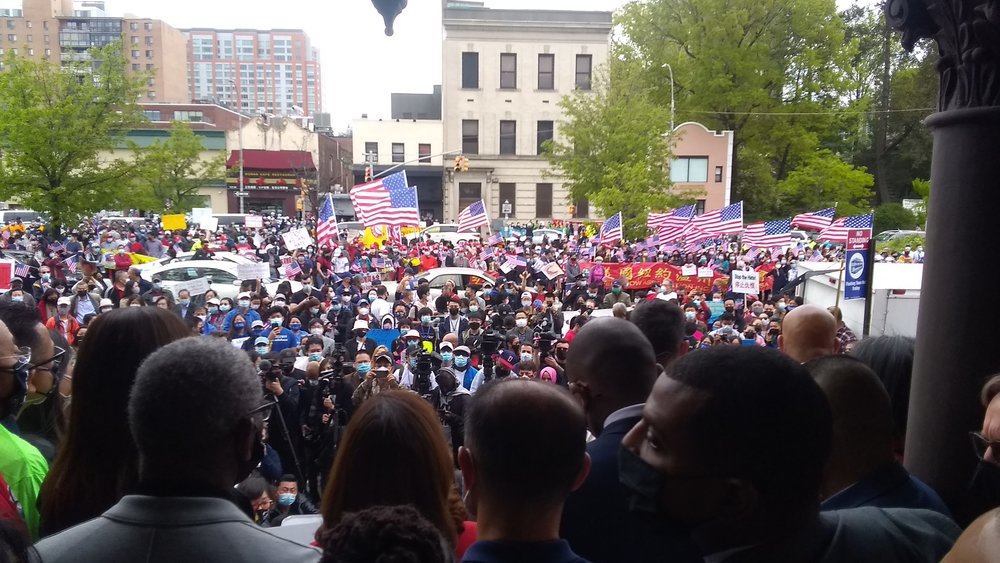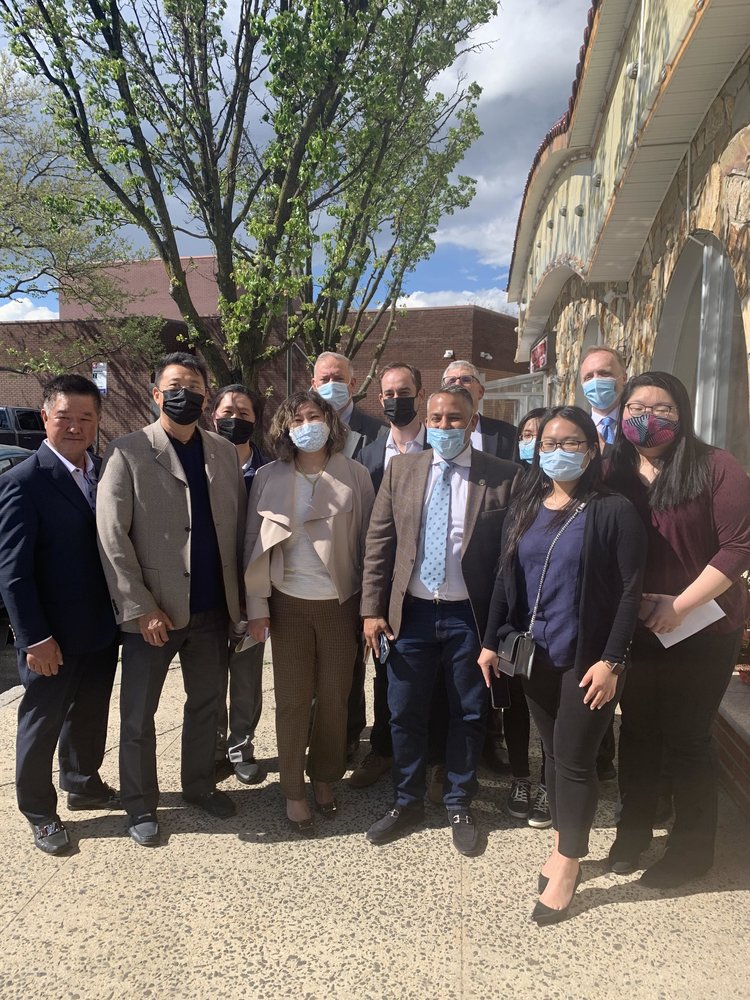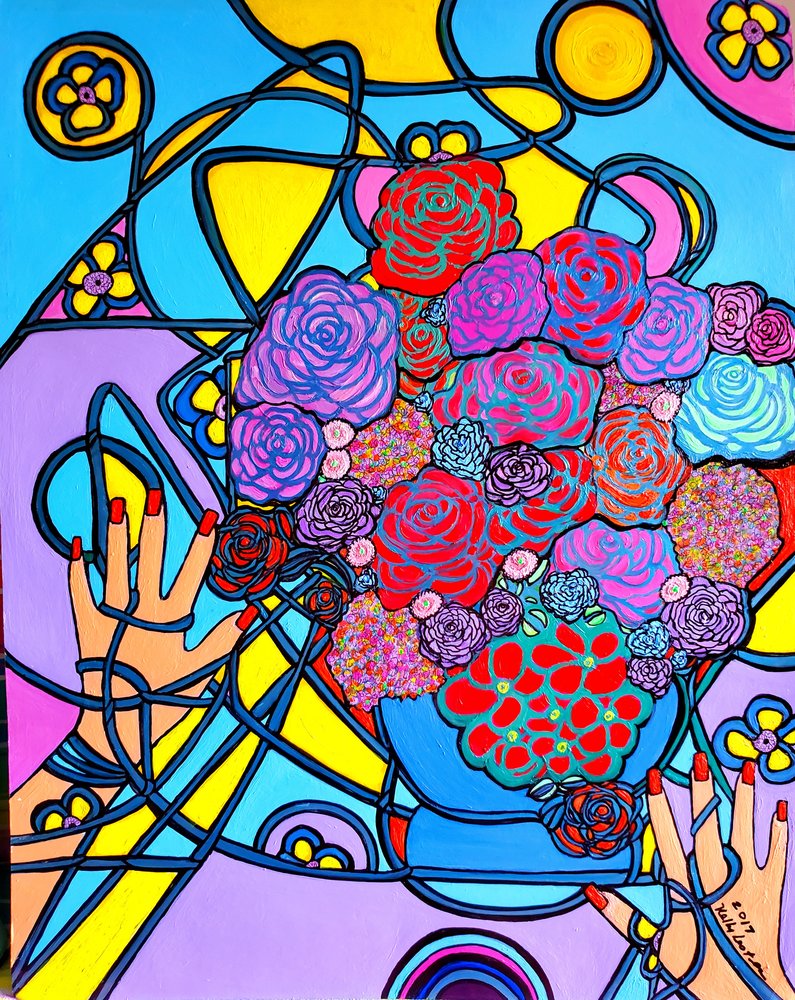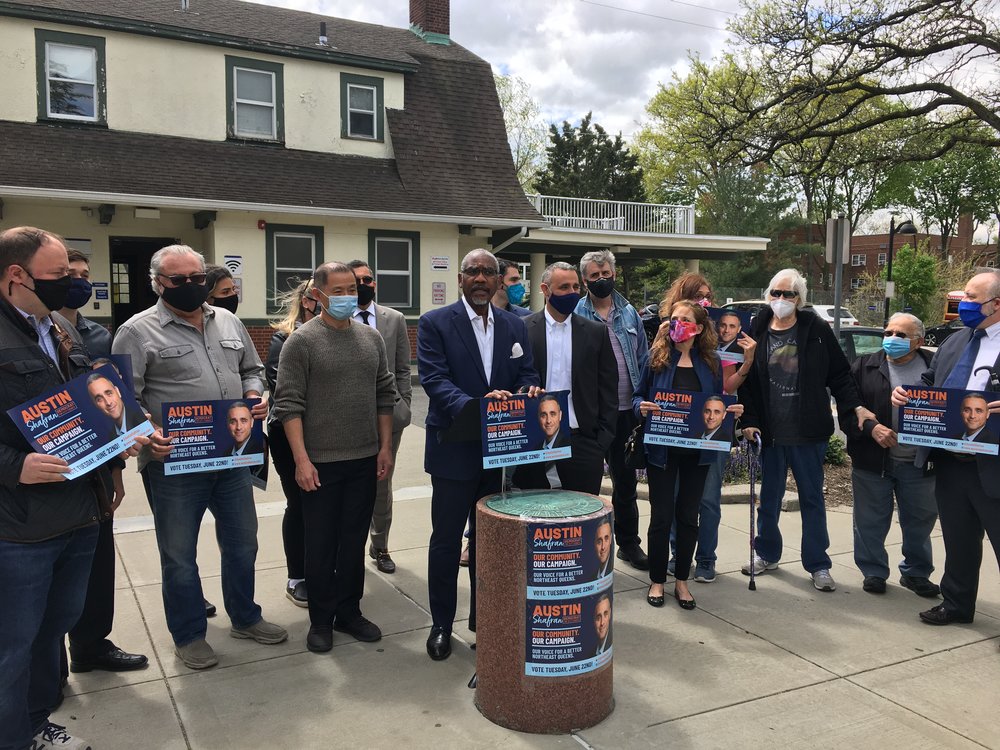A Different Draft
For one of the football teams in town, the draft provided little-to-no drama, playing out the way you thought it would a week ago.
It was the worst-kept secret for the last two months that the Jets were selecting Zach Wilson out of BYU as their next quarterback.
Wilson’s baby face and outward charisma will be touted in commercials and on billboards across the Big Apple in the months ahead.
Media attention for a rookie quarterback in New York City is par for the course, however the plan of attack for the Jets in building around this particular rookie quarterback is drastically different than the way they built around their prior rookie quarterback in Sam Darnold.
The Jets did a terrible job of surrounding their last quarterback with offensive talent.
Clearly, Jets general manager Joe Douglas wanted to avoid the mistakes of the past. The Jets traded up for an offensive tackle in the middle portion of the first round.
They drafted a wide receiver in the second round, and they added a running back in the later rounds.
The message from top to bottom was simple: we are going to do our best to set up a rookie quarterback in the best position imaginable.
Can I tell you for sure that in five years the Jets will be a competent, well-run organization? Of course not, but the plan in place is certainly set up for success.
For the other football team in town, the drama was all about a draft-day narrative that was squashed for good after Friday night.
In the days leading up to the NFL Draft, Giants general manager Dave Gettelman heard a pretty basic critique of his draft day strategy: “when will Dave Gettelman trade down in a draft?”
It was a fair question considering that Gettleman in his years running both the Carolina Panthers and New York Giants has never traded out of a draft pick to accumulate more assets.
In 2021, it seems like hell may be freezing over. Dave Gettelman not once, but twice traded down.
When the Giants missed out on the chance to land Alabama standout wide receiver Devonta Smith, the team made a practical move.
The Giants identified the Chicago Bears as a quarterback needy team and worked out a deal to acquire the Bears first-round pick next year plus additional assets.
In addition, the Giants found themselves in a similar position in the second round of the draft. They traded back with the Miami Dolphins and picked up their third round pick next year.
The Giants landed Florida Wide Receiver Kadarius Toney and Georgia edge rusher Azeez Ojulari, who should both fill obvious needs for the team.
It’s a win-win for the Giants, because they are also set up next year with a bundle of draft picks, a bundle of draft picks that could be used to build around Daniel Jones or to land the franchise’s next quarterback.
I look forward to grading these draft results in the years to come, but I know this, draft day was certainly done differently in New York this time around.
You can listen to me on my new podcast “New York, New York” on the Ringer Podcast Network which can be found on both Spotify & Apple Podcasts.




